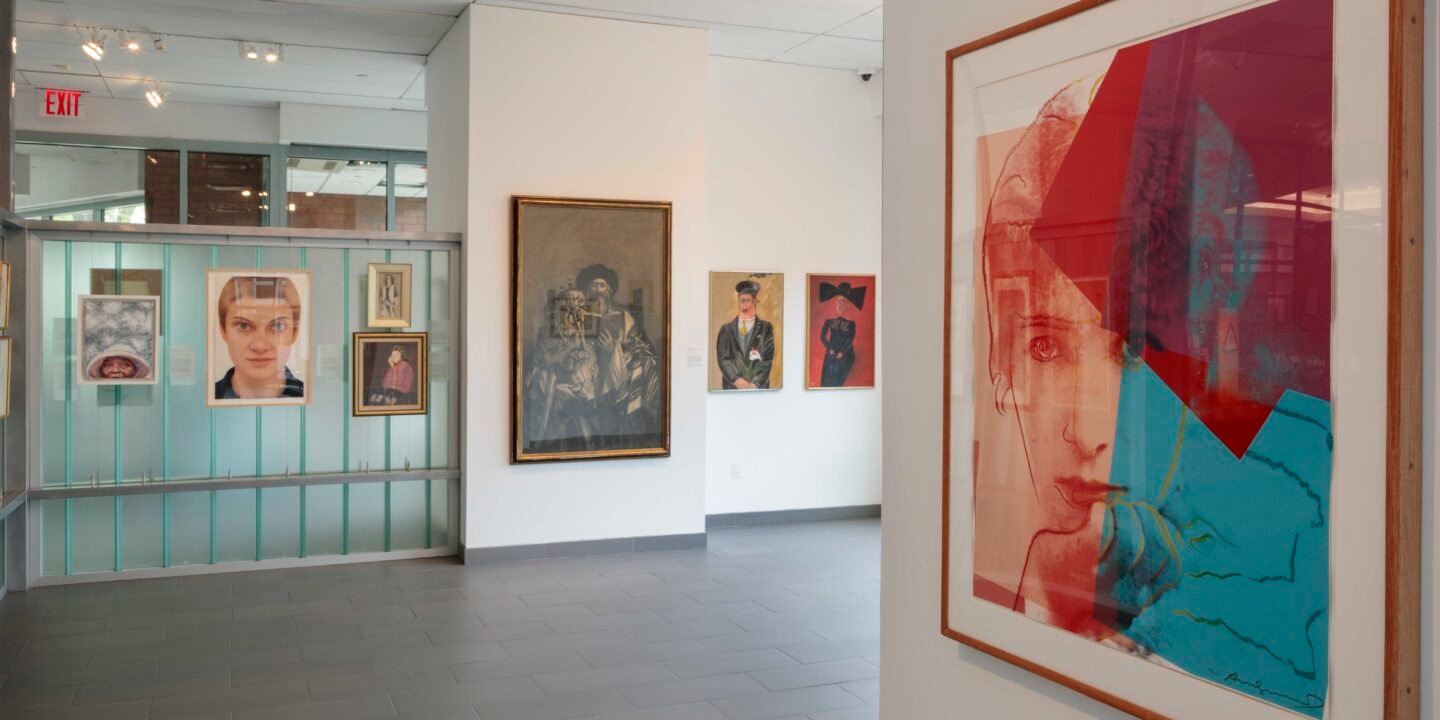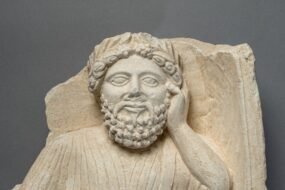

There are many places to view the art of Keith Haring in New York City, including the Metropolitan Museum of Art, the Museum of Modern Art and the Whitney Museum. You can now add the Pride Health Center in SoHo, a clinic that serves the LGBTQ+ community, which recently received the donation of a painting from a collector who does not wish to be named.
The gift was part of a group of more than 50 paintings by different artists given to the New York City Health & Hospitals Corporation, a network of hospitals, rehabilitation centers and community health clinics throughout the five boroughs. “The collector no longer had space for these works and decided to donate them,” Alex Glauber, a Manhattan art advisor who helped arrange the donation for his client, told Observer.
Paring down one’s holdings and donating artworks to nonprofit institutions is not uncommon. Most museum acquisitions are gifts from collectors who are pleased to have their family associated with a prestigious art institution, perhaps getting their names engraved on a plaque on a gallery wall while also obtaining a tax deduction. What is different here is that the donation did not go to the Met, the Whitney or MoMA (or any number of other art museums) but to a nonprofit medical facility. “It’s a win-win for everyone,” Glauber said. “The collector edited his collection, and the artworks get a second life in a place where they can provide interest and pleasure for people who may be in a difficult situation.”
Donating art to a museum sounds appealing, he noted, but major museums have more art than they know what to do with. Institutions are increasingly selective about what they will accept, and even those objects they take are likely to be put into storage, rarely if ever exhibited. “My goal was to find the best home for these artworks,” he said, “and if you take ego out of it—the need to be lauded for their donation by a museum—you get the same tax deduction for the gift, and the works will actually be seen by people.”
Unnamed though this donor may be, he is part of a growing number of art collectors who, when faced with the estate planning question of what to do with valuable artworks in their possession, have looked at alternative nonprofit sites for donations, including libraries, retirement homes and nursing homes.
New York City Health & Hospitals Corporation has a collection of more than 8,000 artworks, including paintings, sculptures, photographs, prints and works on paper, as well as textiles and glass works by artists such as James Van Der Zee, Lee Krasner and Helen Frankenthaler, spread among the 70-plus facilities in its network. “The artworks are not just to adorn the walls,” Larissa Trinder, assistant vice president of the Corporation’s Arts in Medicine program, told Observer. “It is used as a strategic tool in the care of patients, staff and families.”
Medical facilities of all types bring together people at some of the worst moments of their lives, and the artwork in waiting rooms, staff rooms and lobbies offers points of interest and relaxation. “Studies have shown that artwork helps to reduce stress and boredom, reduces blood pressure and increases white blood cell count, all of which are factors in the healing process,” said Jessica R. Finch, former art program manager at Boston Children’s Hospital in Massachusetts, which has been building a collection that now has about 5,000 pieces since 1996. One of the hospital’s most significant artworks is a ceiling-hung glass work by Seattle artist Dale Chihuly. That piece was from a corporate art collection that could not sell it because it was so large, and instead offered it to the hospital.
Another sizable art collection outside a museum is at the Hebrew Home in Riverdale, New York, which has approximately 4,500 pieces, including works by Marc Chagall, Jim Dine, Herbert Ferber, Robert Mangold, Joan Mitchell, Louise Nevelson, Pablo Picasso, Ben Shahn and Andy Warhol.
The Hebrew Home does not solicit donations of artworks but instead “collectors come to us,” said Susan Chevlowe, chief curator of the collection and director of the retirement home’s Derfner Judaica Museum, which has a collection of Jewish artifacts. “Some hear about us from art consultants, dealers, gallerists, auction houses or even other museums. Others may have visited someone here and know about the museum and art collection that way, or learn about us from a friend who has been here. As an alternative to selling an artwork, a collector may decide to donate a work to a nonprofit organization like ours. We’ve had art dealers and consultants recommend us to their clients.”


Donating artwork to a non-museum charity may raise tax and other considerations for collectors. To receive a full fair market value income tax deduction, the U.S. donee organization must show that its use of the artwork is related to its tax-exempt purpose, referred to by the Internal Revenue Service as a “related use.” If there is no related use, the donor’s charitable deduction will be limited to the donor’s cost basis in the artwork—the original purchase price. A painting bought for $50,000 that is now worth $500,000 would only allow a $50,000 deduction.
Many charities hold benefit auctions, soliciting artworks and other items from donors that can be sold to generate revenue for operations. Many public radio and television stations, for example, seek donations of artwork to be sold at their annual benefit auctions. Donors of those artworks would only be permitted cost-basis deductions.
For a donor to deduct full fair market value, the importance of artwork in a hospital or other nonprofit—as part of a healing process or for another reason—must be part of its tax-exempt purpose and listed in the organization’s purpose statement, which is filed with the Secretary of State where the organization is incorporated and with the IRS. For institutions that existed before adding art programs, the role of art would need to appear in an amended purpose statement. As a result, prospective artwork donors should ask for that statement to ensure the IRS won’t challenge their deduction.
For instance, the Hebrew Home at Riverdale, a nursing home in the Bronx founded in 1917, started an art program in the mid-1970s and received a letter from the IRS in the late 1970s stating it could be deemed a museum for art donation purposes. As much as some hospitals, libraries and retirement homes may resemble art museums, they are not museums, which may cause some prospective donors to think twice about gifting valuable artwork. Some institutions have separate fine art insurance policies that cover damage and theft, while others do not. Cedars-Sinai does, while Hebrew Home covers all art and non-art contents under a blanket building policy. Security at a hospital is directed at patient safety, not artwork protection, although reports of damage and theft are rare. “We cover all the artworks in Plexiglas and sturdy framing, and it is highly secured to the walls,” Trinder said. “You’d need a sledgehammer to crack it off.”
She noted that “we are careful about what we accept into the collection. We won’t take works we can’t properly store and protect or too large or too much in need of conservation.” Additionally, artwork images cannot be violent—i.e., “nothing triggering”—or conjure up feelings of loneliness.
Sculptures tend to present more risk than two-dimensional objects, and some pieces may be too valuable to keep. “A Picasso painting wouldn’t be appropriate for us,” Jennifer Finkel, former art curator at the Cleveland Clinic in Ohio, which has a collection of 6,000 objects, told Observer. “It might be too fragile or too valuable, and we want to be responsible for the works in our collection.” She recalled a Milton Avery painting donated to the hospital in the 1950s; 30 years later, its value had risen so much that staff decided to sell it. “We couldn’t keep it. It needed to be in a museum.” The hospital eventually sold the painting at Sotheby’s, and then used “the proceeds to furnish an entire new building with art.”
More for art collectors









